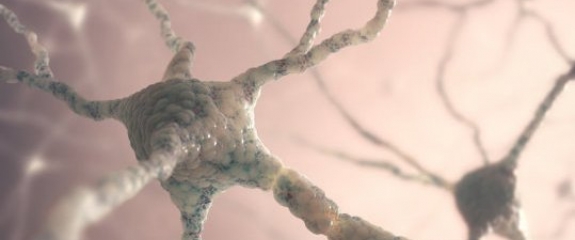Brainstem 'stop neurons' make us halt when we walk

A population of 'stop cells' in the brainstem is essential for the ability of mice to stop their locomotion, according to a new study by scientists at Karolinska Institutet in Sweden. In an article published in the journal Cell, they report a brainstem pathway specifically dedicated to enforce locomotor arrest; its selective activation stops locomotion, while its silencing favors it. The study thus identifies a novel descending modality essential for gating the episodic nature of locomotor behavior.
Locomotion is an essential motor behaviour needed for survival in both humans and animals. It has an episodic nature: we move when we want or need and, equally well, we can terminate ongoing movements. This episodic control has generally been attributed to descending excitatory signals in the brainstem that contact and activate neuronal circuits in the spinal cord. But is the stop of locomotion only due to a lack of activating signals from the brainstem or is there a dedicated stop signal?
In the present study, the researchers Julien Bouvier and Vittorio Caggiano together with Professor Ole Kiehn and colleagues studied how the complex brainstem neuronal circuits control locomotion in mice. They used advanced methods, including optogenetics, which makes it possible to selectively activate specific groups of neurons with light, as well as genetic silencing to selectively block neuronal activity.


